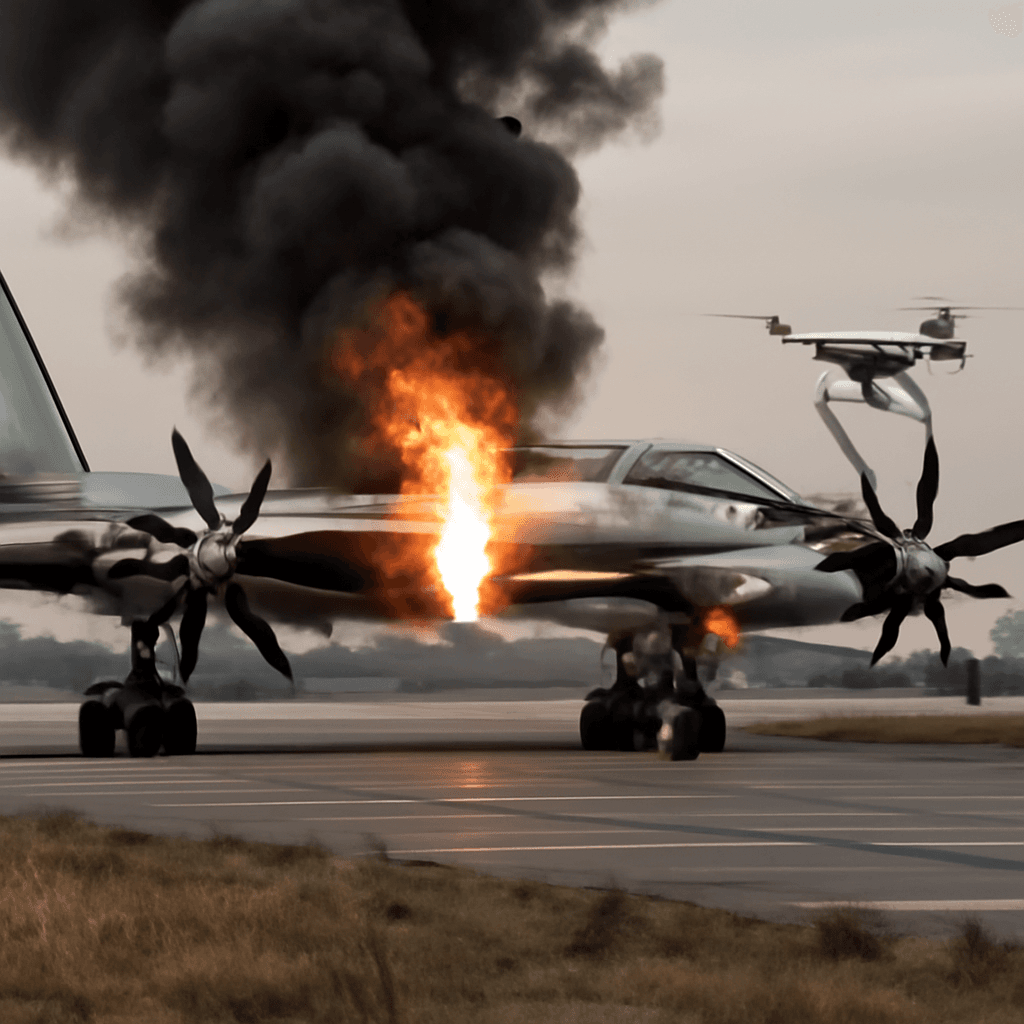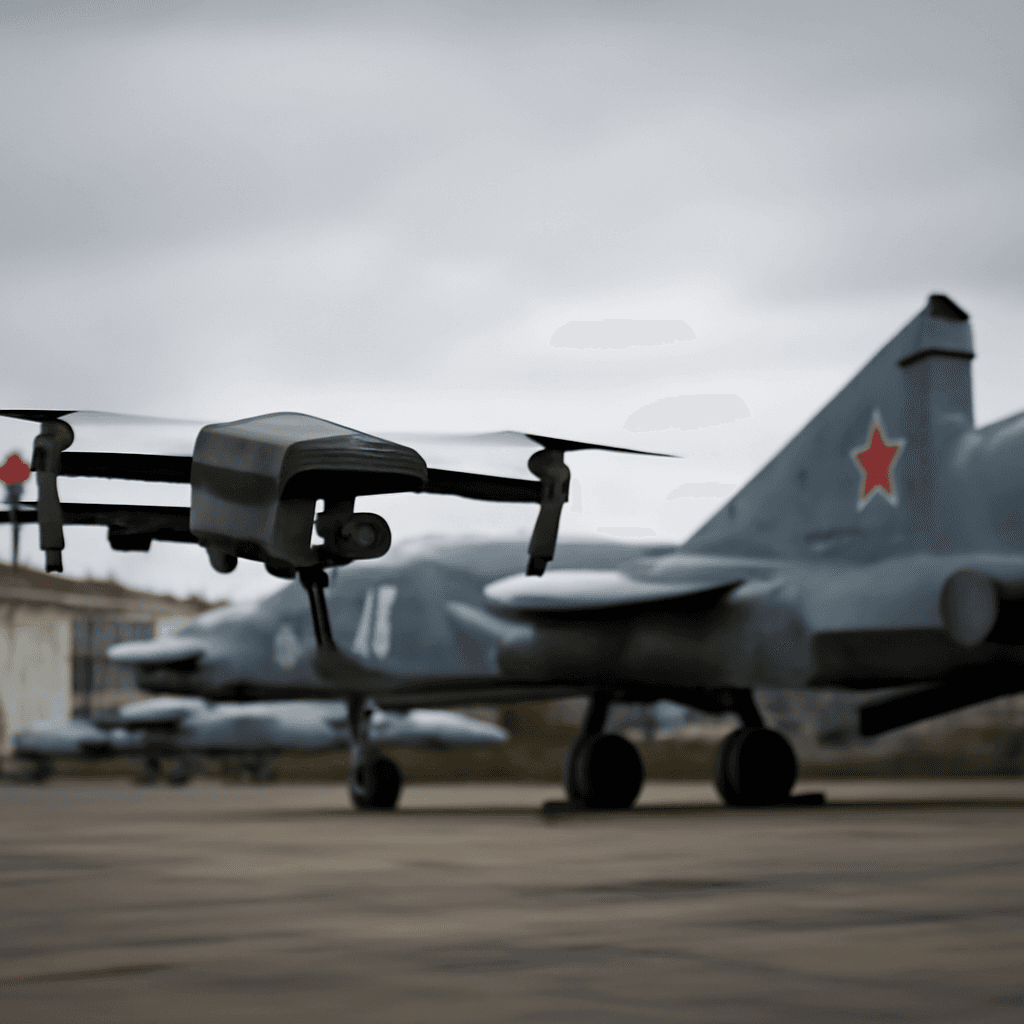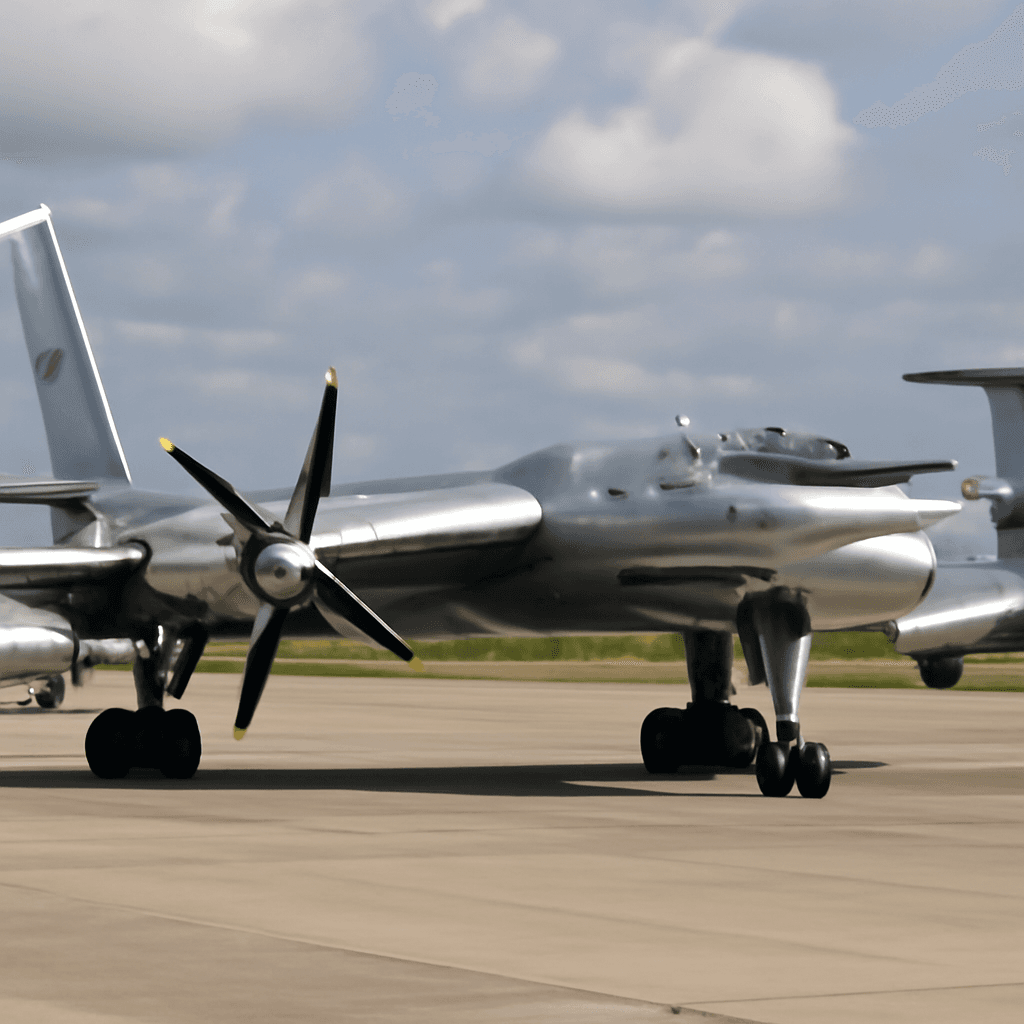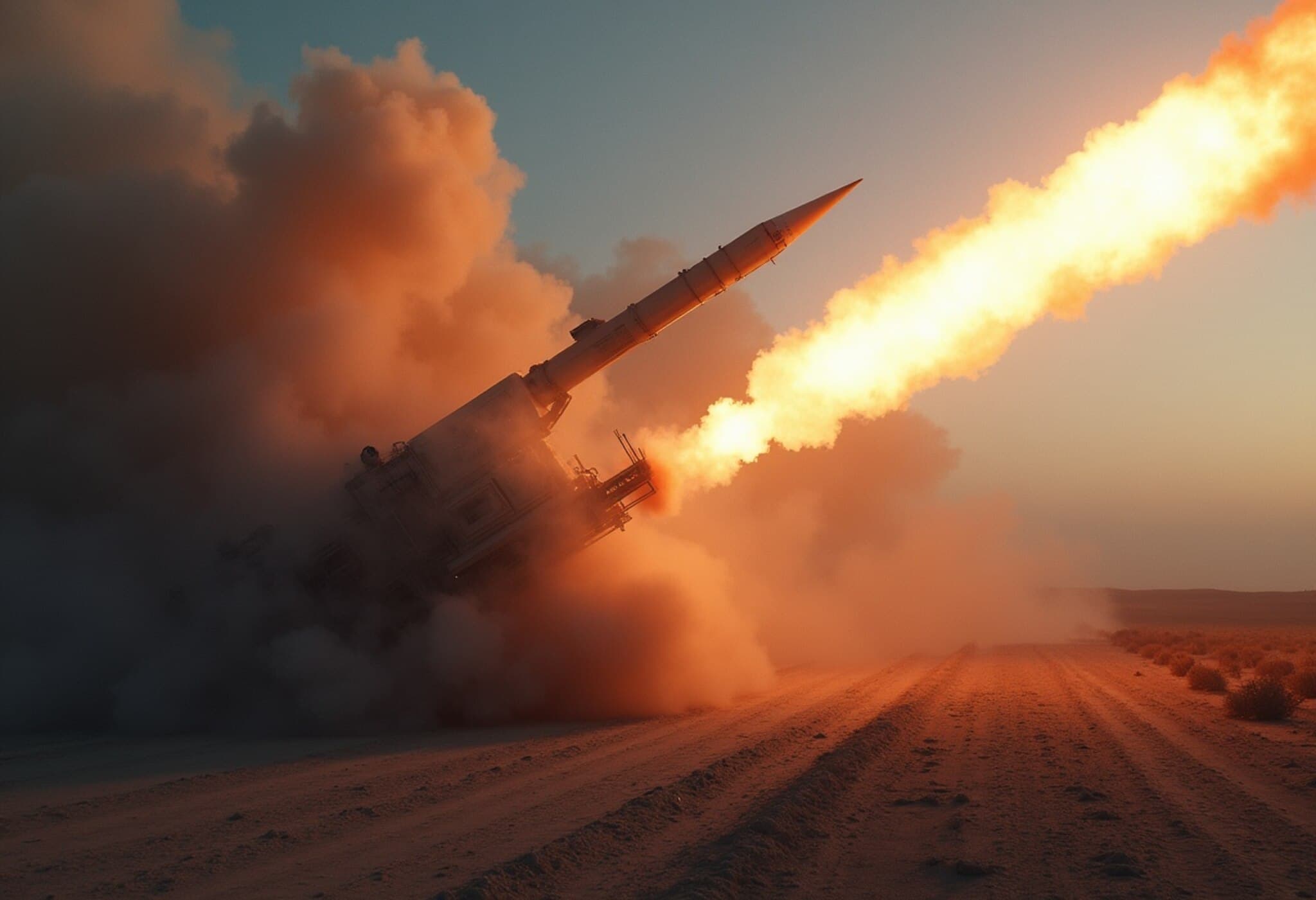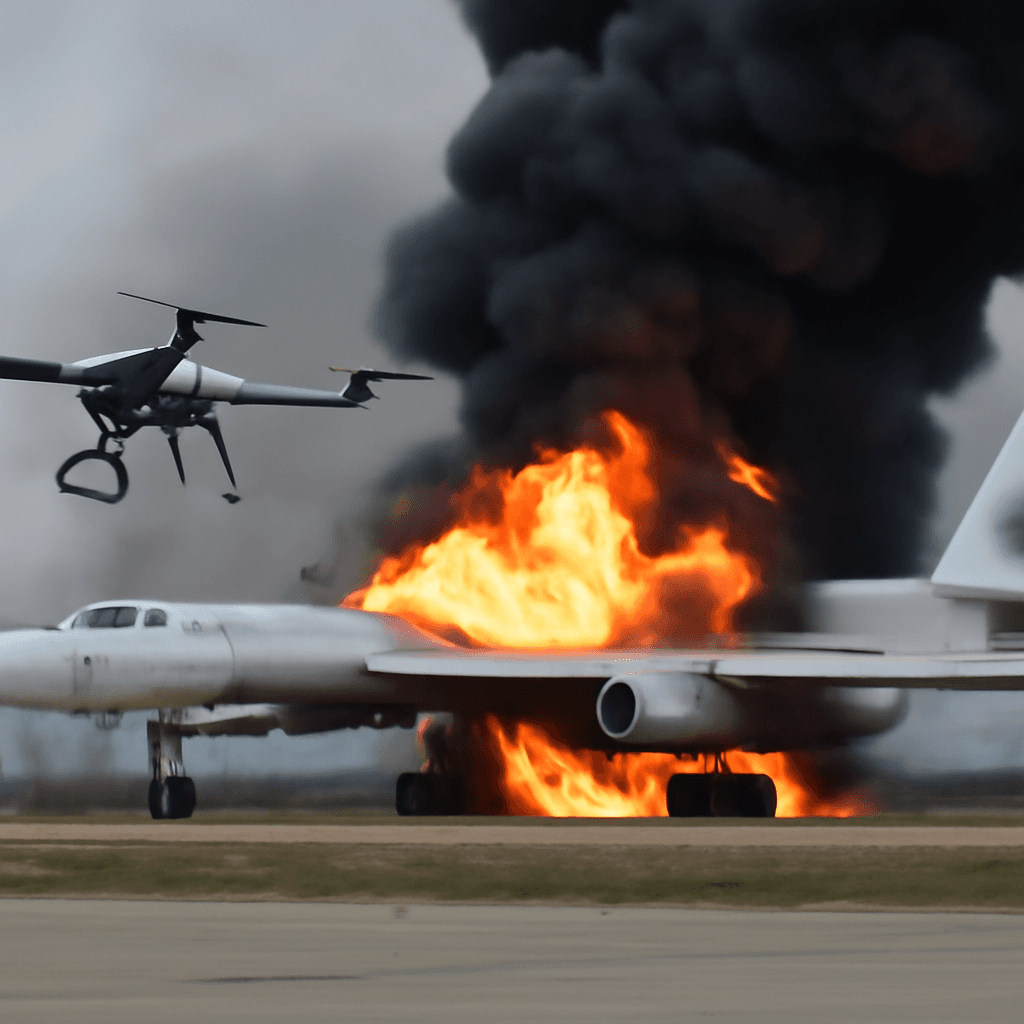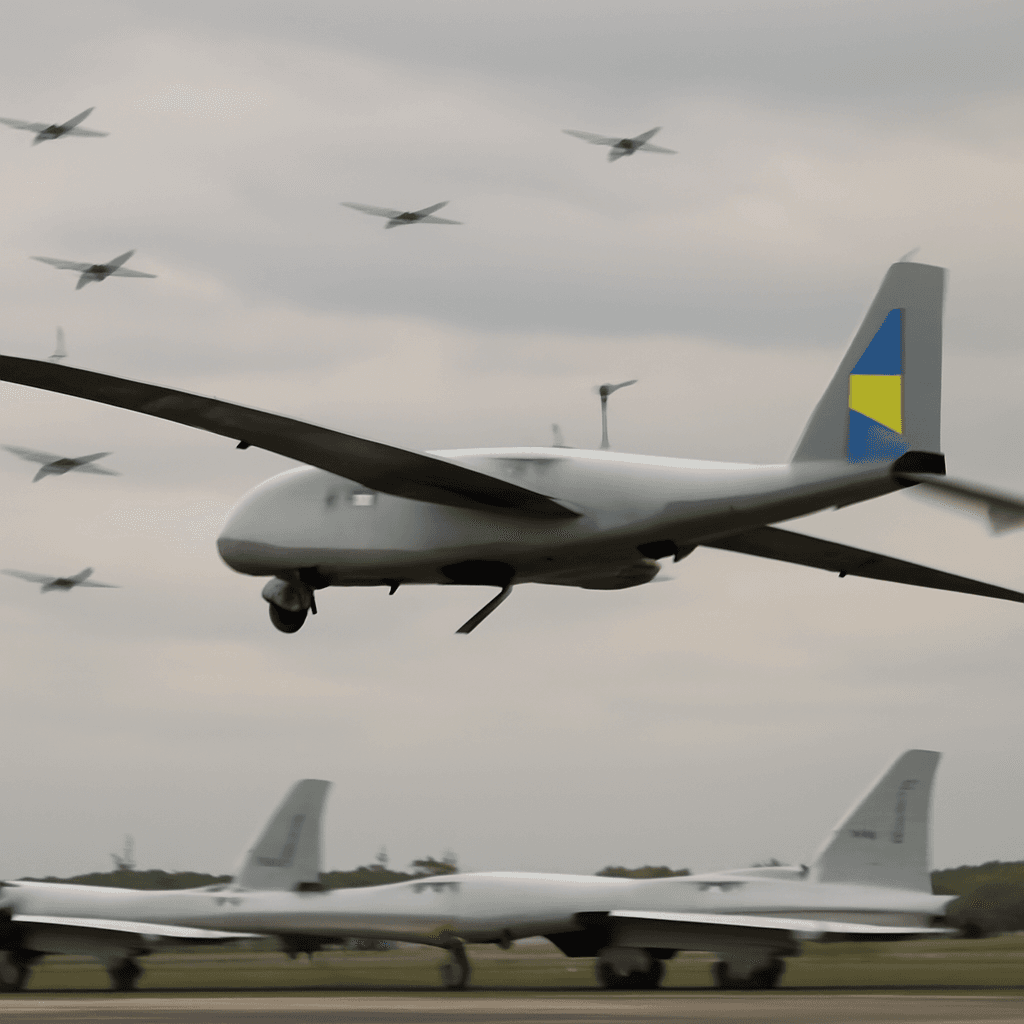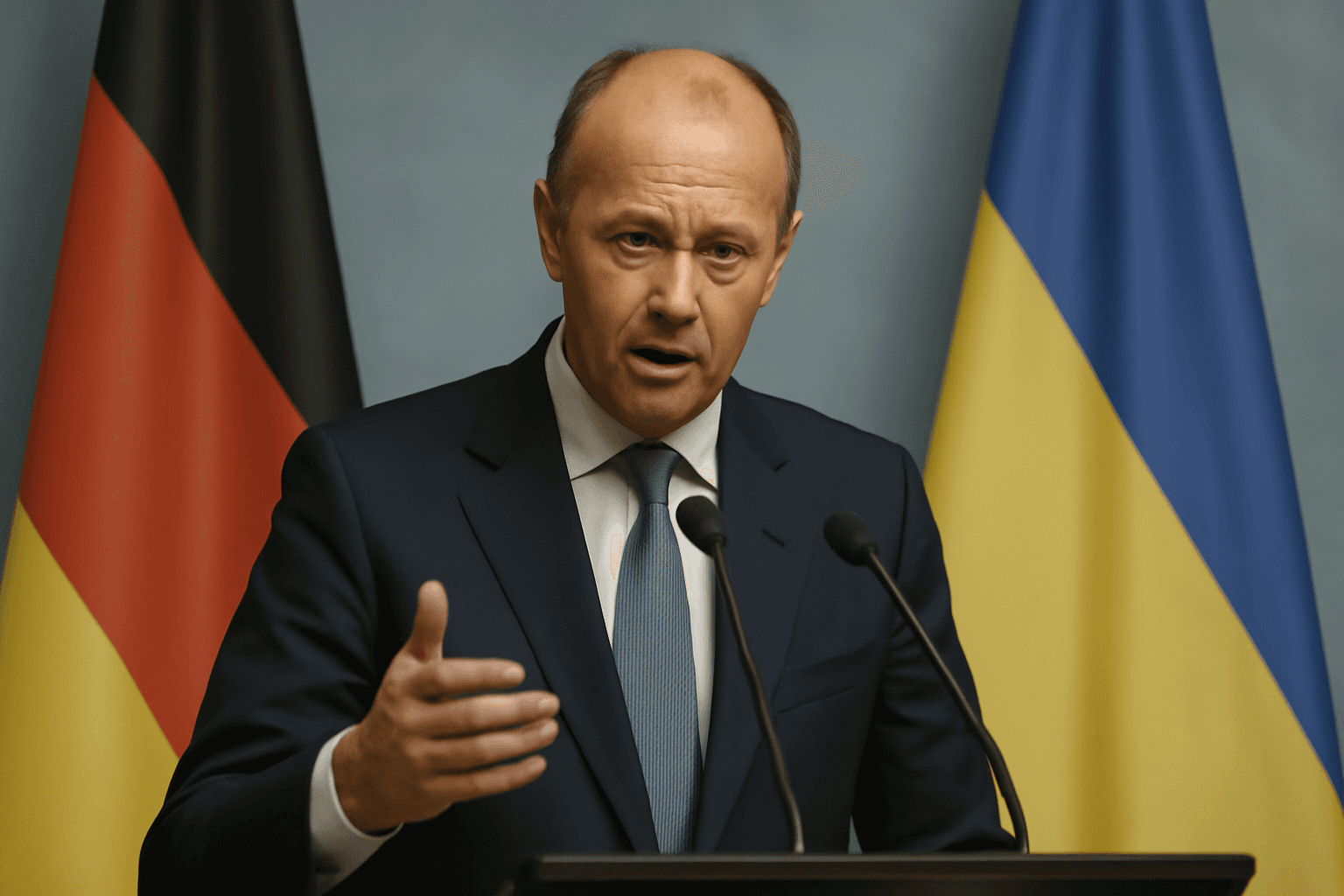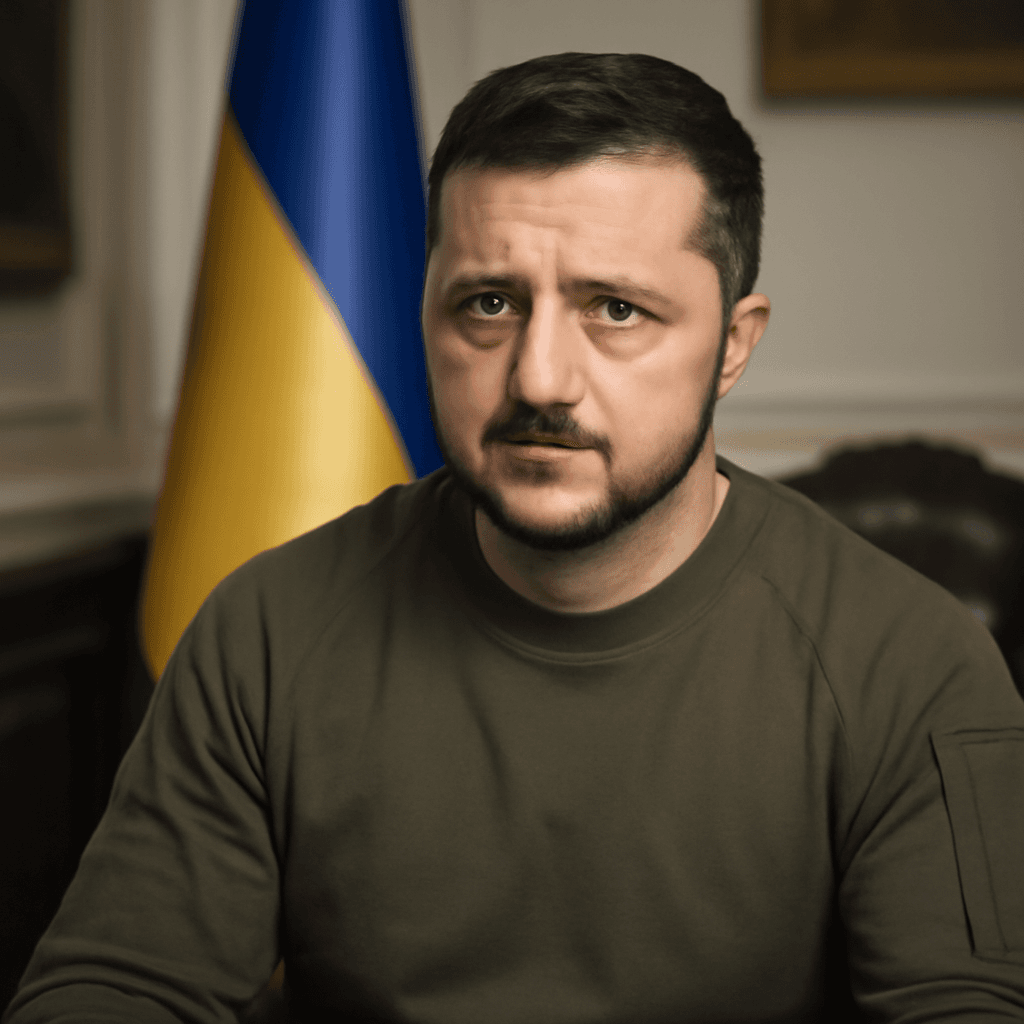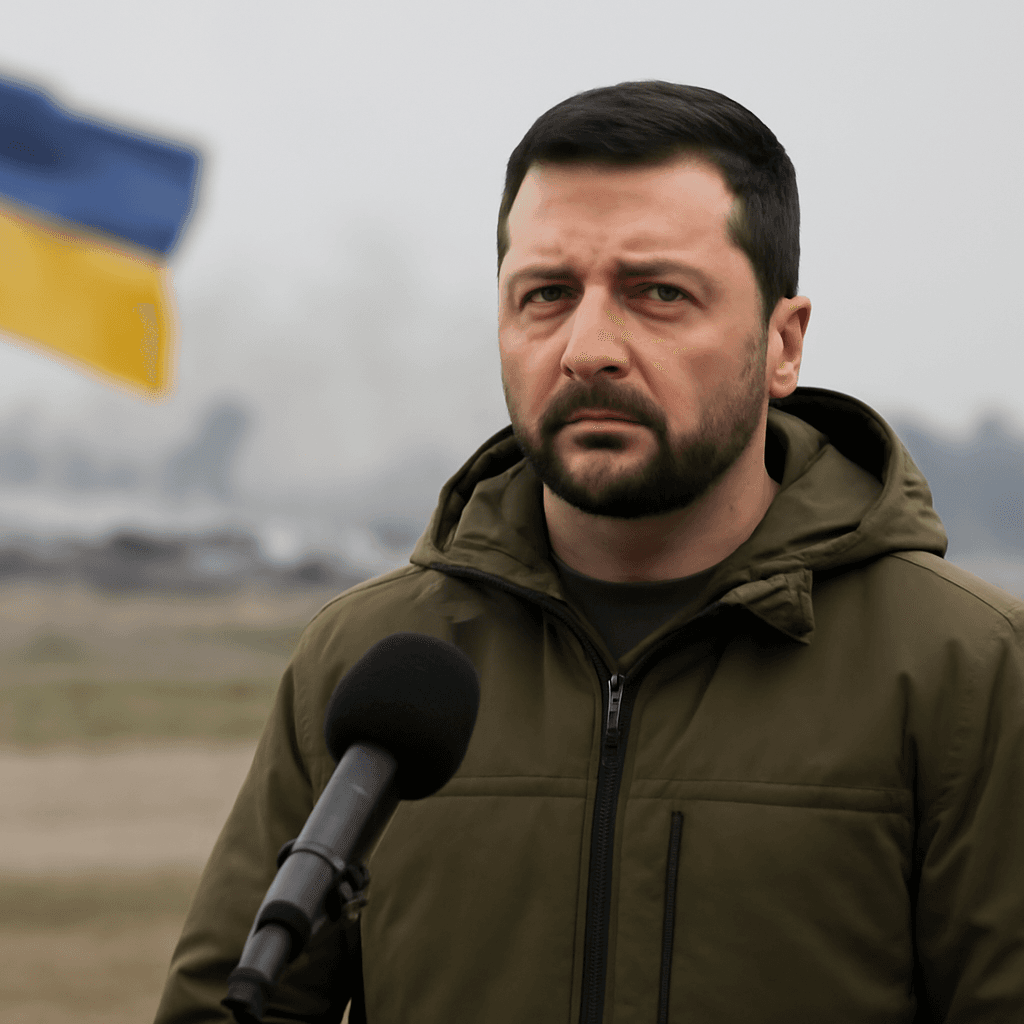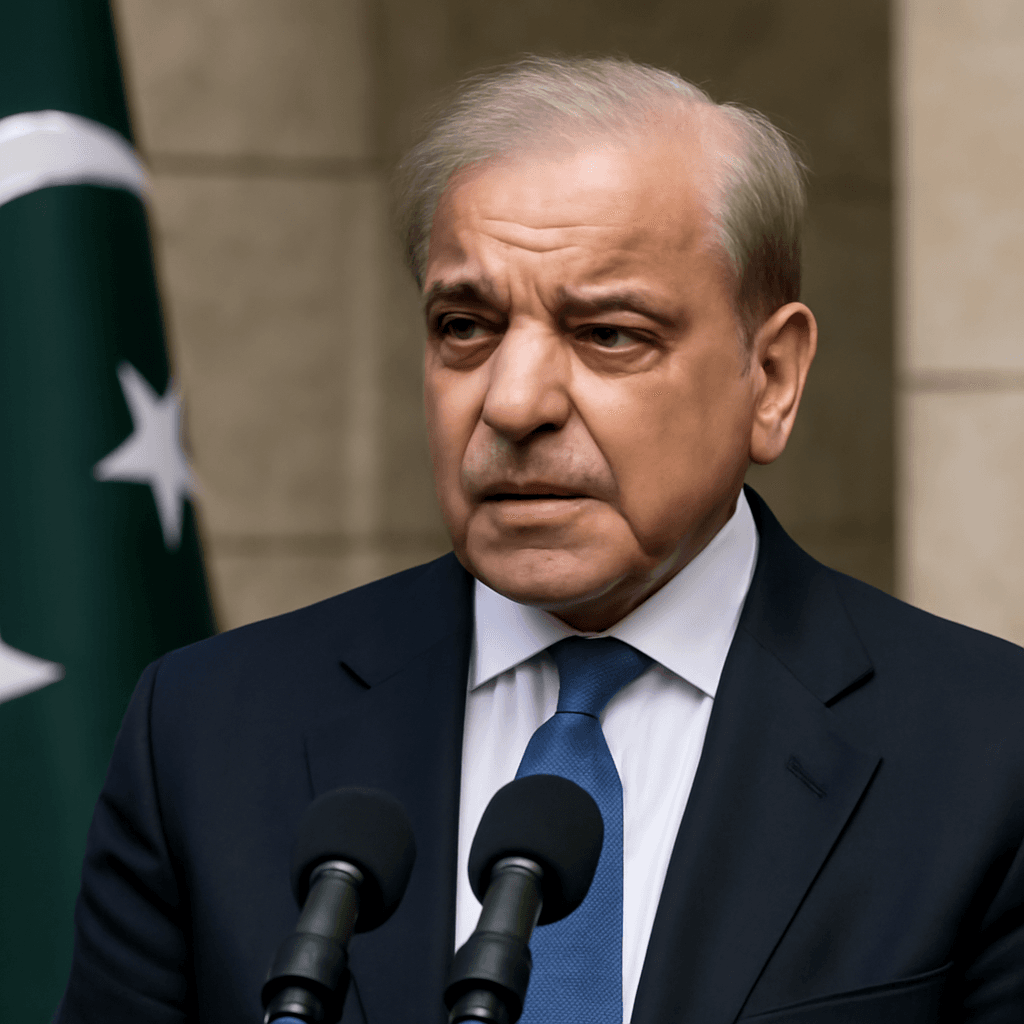Operation Spider Web: A Strategic Drone Assault
Ukraine's Security Service (SBU) launched a covert and unprecedented operation, dubbed "Spider Web," targeting Russian military assets deep within Russian territory. Utilizing first-person-view (FPV) drones smuggled in disguised trucks, the operation successfully struck four Russian airbases, disabling or destroying over 40 military aircraft, including strategic bombers critical to Moscow’s long-range strike capabilities.
Details of the Drone Attack
The drone assault, reportedly supervised personally by Ukrainian President and the head of the SBU, involved drones concealed beneath wooden cabin structures transported by truck into Russia. Upon reaching the target vicinity, these covers were remotely opened, allowing drones to deploy and strike targets within close range.
The damaged aircraft types reportedly included the TU-95, TU-22M3, and A-50 surveillance aircraft. The destruction is estimated to have inflicted losses exceeding $2 billion on Russia’s military aviation capabilities.
Airbases Targeted
- Belaya Airbase in Irkutsk Oblast, over 4,000 kilometers from Ukraine
- Olenya Airbase in Murmansk Oblast
- Ivanovo Airbase
- Diaghilev Airbase near Ryazan
Video footage, although unverified independently, depicts Russian aircraft engulfed in flames with thick smoke rising from the tarmac at Belaya. Regional governors confirmed drone attacks for the first time in areas such as Siberia and Murmansk, urging calm and acknowledging the presence of enemy drones.
Tactical and Psychological Impact
The operation marks a significant escalation in drone warfare, deploying relatively inexpensive FPV drones costing just a few hundred dollars to inflict multi-billion dollar damages on high-value targets. This cost-efficient tactic highlights evolving military strategies emphasizing asymmetric warfare capabilities.
Kyiv’s messaging included subtle hints such as a social media post by the Ukrainian chief of staff featuring a spider web emoji, suggesting Ukrainian involvement without an official claim. The approach underlines the operation's strategic and psychological dimensions during ongoing conflict tensions.
Context Amidst Diplomatic Efforts
The strikes coincided with heightened aerial confrontations between the conflicting sides and occurred just before scheduled ceasefire talks in Istanbul. Ukraine appointed Defense Minister Rustem Umerov to lead its delegation, demanding a complete and unconditional ceasefire alongside the return of prisoners and abducted children. While Moscow announced it had prepared peace proposals, it withheld public disclosure.
Concurrent Russian Strike and Ukrainian Leadership Changes
On the same day as the drone operation, Russia conducted a missile strike on a Ukrainian training base, resulting in 12 fatalities and injuring over 60 soldiers. Following these developments, Ukraine's head of land forces, Major General Mykhailo Drapatyi, resigned, marking a significant moment in Ukraine’s military leadership amidst ongoing hostilities.


